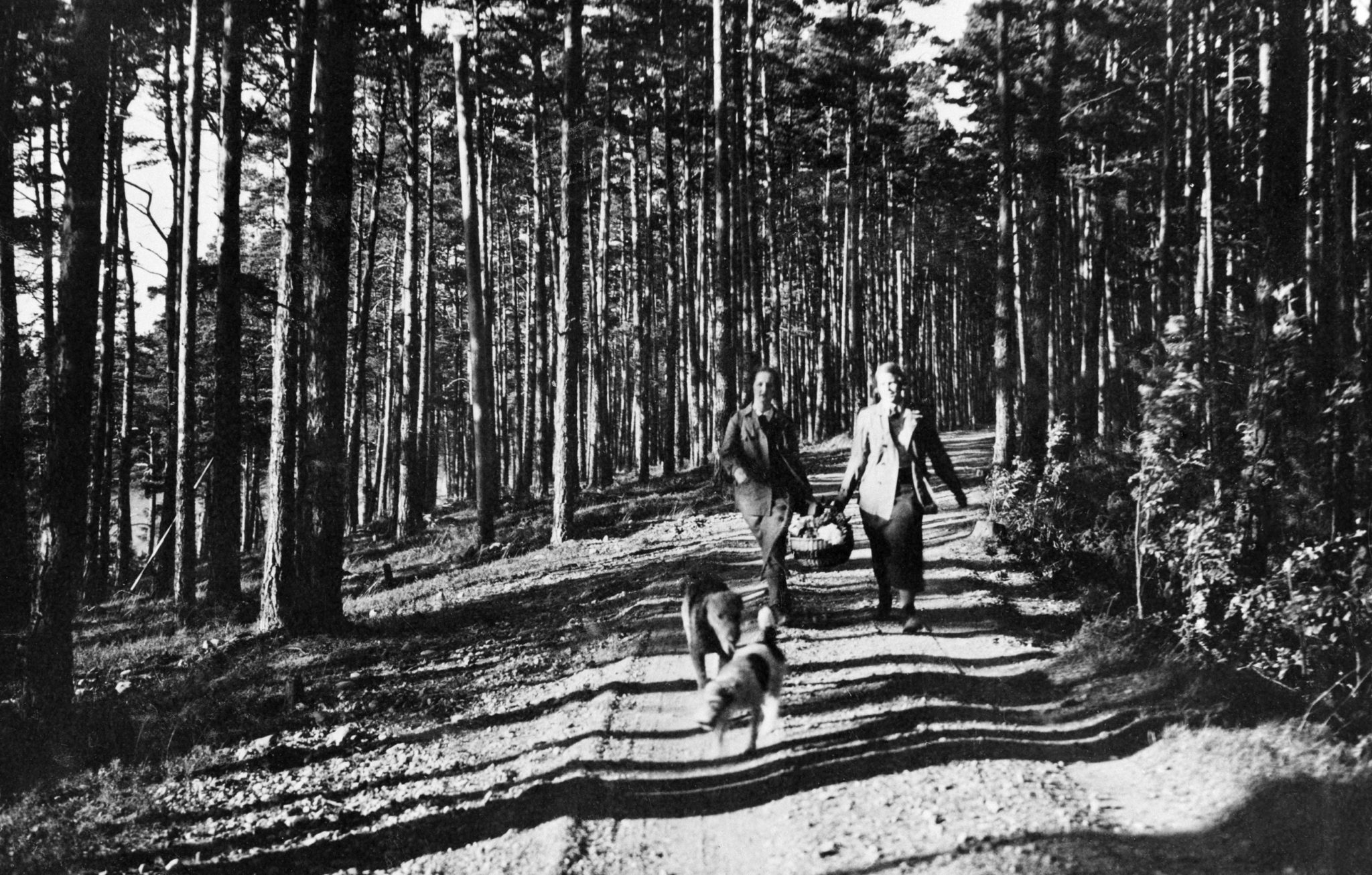Kallahdenharju is the most impressive esker in Helsinki. It is formed at the end of the ice age from layers of sand and gravel that accumulated on the river bed and at its mouth by the edge of the ice sheet. At the base of Kallahdenniemi the esker is a narrow ridge, which eventually widens and continues underwater in the form of extensive sandy shoals that emerge from the sea here and there as sand islands.
The water areas surrounding Kallahdenniemi consist of extensive shallows with sandbanks that are exposed during low tides. Being a low-lying area, Kallahdenniemi is an ideal place for observing especially high and low tides. Due to its sandy soil, Kallahti features rugged, bright pine forests atypical for Helsinki.
Kallahdenharju was declared a conservation area in the 1970s. The second conservation area in Kallahdenniemi is the large coastal meadow by the beach. It was protected due to the area’s valuable flora. Kallahdenharju, the coastal meadow and the water areas surrounding the peninsula are included in the Natura 2000 programme. Helsinki’s other esker is Tahvonlahdenniemi in Laajasalo, which continues in the form of the sandy island of Santahamina, like its own Sahara and Riviera.
There used to be a fisherman’s croft at the tip of Kallahdenniemi in the 19th century. In 1871, it was leased by Professor of Aesthetics and Literature Carl Gustaf Estlander (1834–1910), who used it as a summer residence. When the 50-year lease was up in 1921, Professor Estlander’s grandson, Architect Sven Kuhlefelt (1892–1980) bought Kuningatar, the tip of Kallahdenniemi, which used to be an island, in its entirety. He then proceeded to build a new villa there in the early 1920s, one that still stands today. Even today, there are oak trees, lime trees and striped squills growing in the area, originating from the villa’s garden, which was allowed to run wild.
Back in the day, people used to travel to Kuningatar on a steam ship that docked at the adjacent island of Voirasia. From there you had to continue to Kuningatar by rowing boat. The neck of land connecting Kuningatar to Kallahdenniemi was bought by the Kuhlefelt family just before the Winter War. Soon after an elevated road was built on the neck of land.
In 1967, the place was sold to the City of Helsinki. In 1994, the villa was leased by Ammatti-instituutti, a Helsinki-based vocational institute, but since 2012 the place has remained unoccupied.

Two women and two dogs walking on Kallahdenharju in 1935, Photo Helsinki City Museum, photographer unknown.